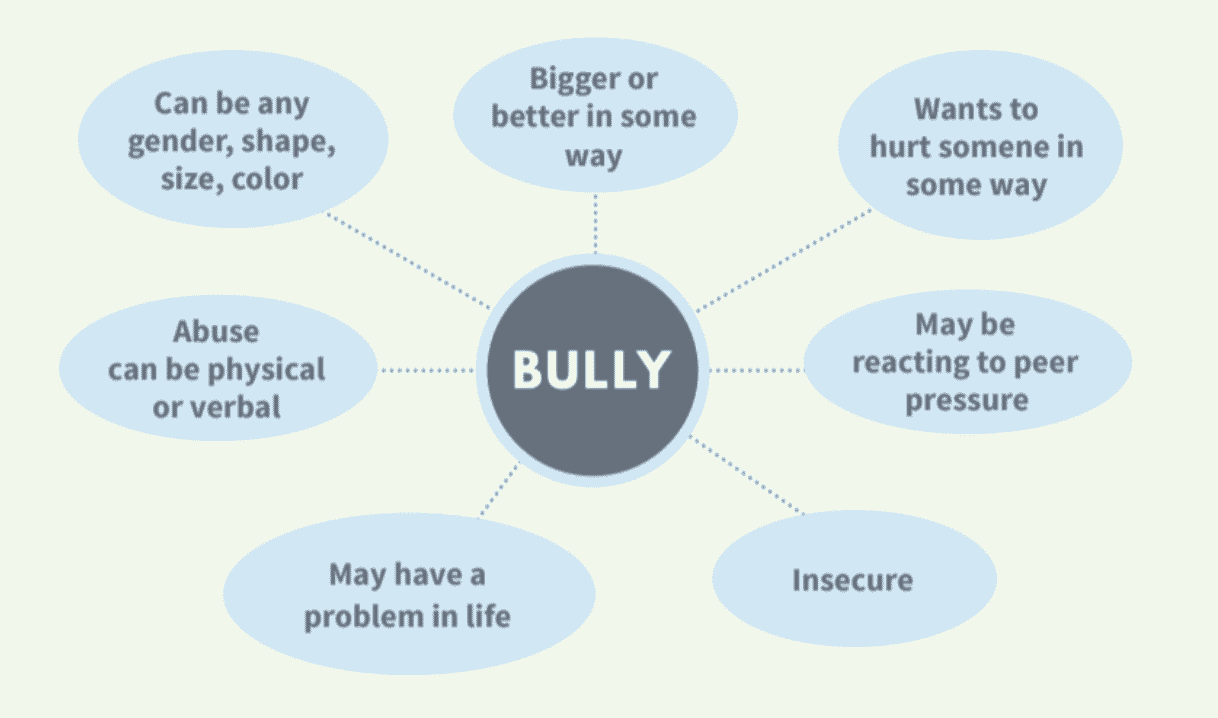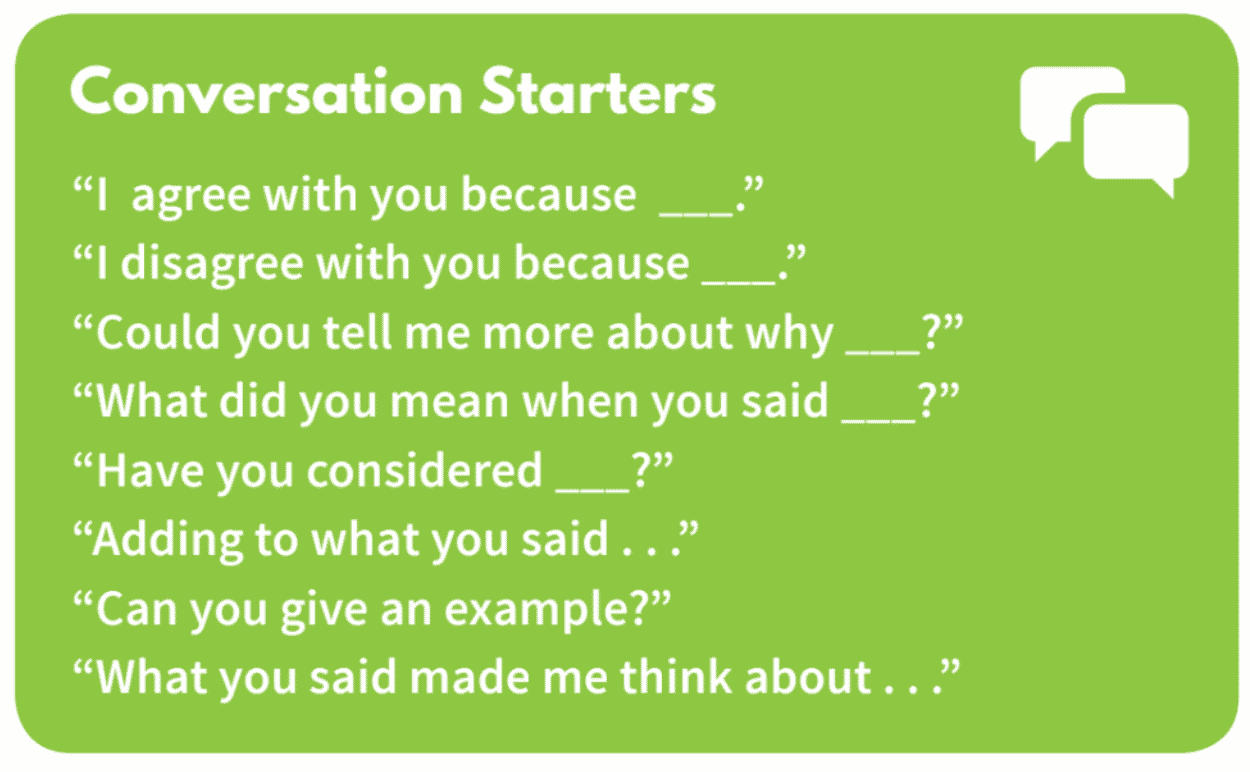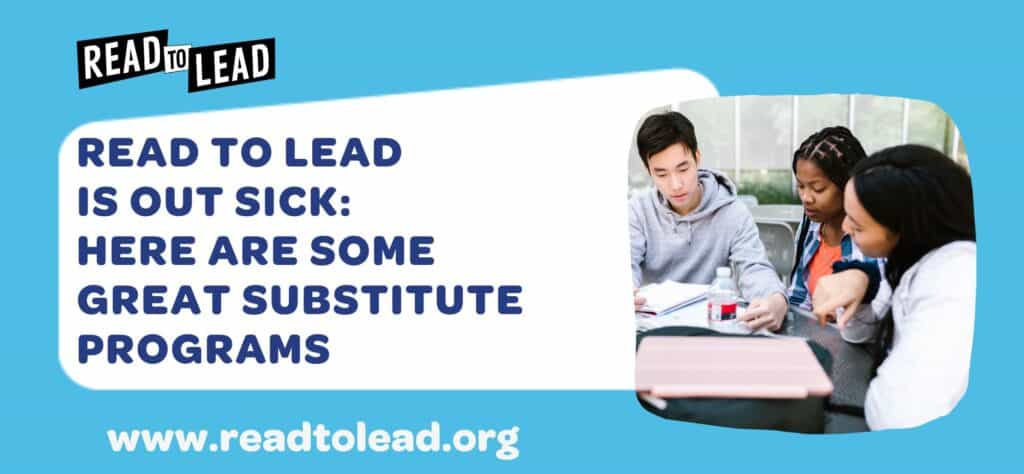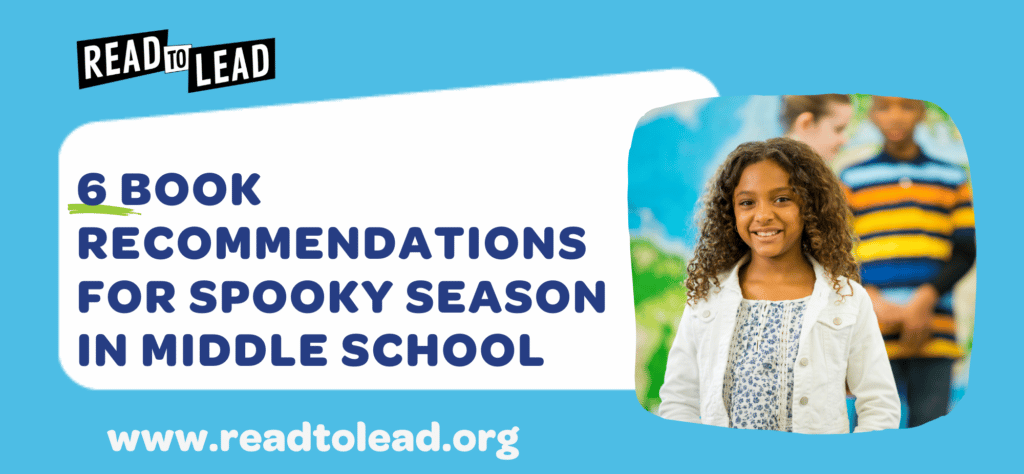
Photo Attribution: Alpha Stock Images | www.alphastockimages.com
The Presidential debate that took place on September 29, 2020 was not one of the United States’ proudest moments. However, like all historic events, there are lessons to be learned from the debate. As educators, it is our responsibility to guide students in critically viewing and navigating the information they may be seeing first hand or hearing about afterwards.
Respect and open communication are essential in a democracy, particularly one as diverse as the US. Sharing diverse viewpoints and trying to understand how others think and feel should be modeled by our leaders. This does not mean we have to agree with one another, but we should strive to engage in respectful dialogue. However, we continue to see, at the highest levels of our government, an absence of respectful dialogue and openness to diverse viewpoints.
The 90-minute debate between President Donald Trump and former Vice President Joe Biden, was not our proudest moment. Both parties continually interrupted each other, and made personal attacks and hateful remarks. Ultimately, the presidential debate was more an instance of bullying at the highest levels of government, than a true debate to engage constructively with opposing viewpoints. Students today need to understand that bullying is not a characteristic of leadership.
October is National Anti-Bullying Month, which makes it all the more important to highlight instances of bullying, particularly when our most powerful leaders are engaged in it. Pointing out instances of bullying wherever we see them ensures students are aware of and can recognize bullying behaviors or actions when they encounter them in their own lives. As educators, we also need to equip students with the tools to address the problem of bullying.
What is Bullying?
With one in five students reporting having been bullied, this is almost certainly a term you and your students have heard before. Bullying goes beyond taunts in the playground, or stealing someone’s lunch money. It is important for students to understand that bullying exists in many forms. Generally, bullying can be hostile actions or words from one person to another with the intent to hurt someone. 
A bully can be any gender, shape, size or color, and may be bullying others for a variety of reasons. Bullying usually happens when there is an imbalance of power. In the school setting, the bully may be bigger in size, have superior knowledge, or is better in some activity. They use this to their advantage and act on their desires to hurt the other person.
We often think of bullying as something physical – hitting, pushing around, stealing, or forcing people to do things against their will, but it can also be verbal. Teasing, insulting, refusing to talk to someone, spreading lies or rumors, or excluding someone from a group, are all examples of bullying. There were numerous examples of this during the first presidential debate, despite the fact that the activity of debating someone can be a helpful tool to address bullying.
How Can Debate Help Address Bullying?
Debate is a long-standing tradition and a historic skill set focused on respectful listening to facts and evidence to engage in a productive and constructive conversation on a topic that two people may disagree on. There are ground rules in place that must be respected, such as only speaking when it is your turn, listening attentively and respecting all opinions. Read to Lead‘s lesson plans outline the ground rules for effective debate.

The beauty of debate is that you don’t have to agree with someone, but you do have to respectfully establish your position based on facts, with the goal of convincing others of your position, rather than bullying them to concede defeat. The opinions presented may not be in line with your own, but this does not mean you can’t have some level of respect for the person who holds these opinions.
This is how the Presidential Debate should have been conducted, but unfortunately, poor form on both the part of the participants and the moderator, led to what critics have described as “a disaster” and “one of the worst debates in televised American history”.
At Read to Lead, we believe giving students tools for respectful debate will reduce bullying. By giving students the skills they need to engage in meaningful and respectful dialogue, and disagree constructively with one another, we empower them to take control of situations where bullying may occur, and avert them.
Resources to Develop Debate Skills and Avoid Bullying
Read To Lead games explore the value of debate and offer proven resources to cultivate these skills in students.
Many lesson plans include a debate component, such as “Is it worth it to have health insurance?”, “Should schools practice techniques like meditation during the school day?”, and “Which type of therapy for anxiety do you think is more beneficial? Why?”. The lesson plans also outline ground rules and guidelines about how to conduct debate sessions, while providing students with language to approach debate.

In the game Dad Genes of Vital Signs, the debate question focuses on how to deal with a friend who is bullying someone. Students are encouraged to explore different options like approaching the friend directly or seeking help from someone else. By digging deeper into real life scenarios that students may encounter in their daily lives, we equip them with the skills necessary to tackle such situations.
In line with Anti-Bullying Month, we also have a special close reading lesson for October about bullying. This close reading passage provides a deeper look at what makes a bully, and some strategies to handle bullying, as well as teacher-guided questions to lead discussions around the effects of bullying on victims and students’ own experiences with bullying. By holding space for our students to engage in these conversations around bullying, we help them recognize and address the problem of bullying in our schools.
Bullying is an issue of serious concern in our schools, workplaces and even government, as demonstrated by the recent Presidential Debate. However, by drawing attention to it with our students and providing them with the necessary tools to engage in constructive debate, we can help address this problem and reduce the instances of bullying.
About Read to Lead
Read to Lead uses the power of game-based learning to empower middle school students to build literacy, life, and career skills. Teachers can sign up for a free account to get started!


